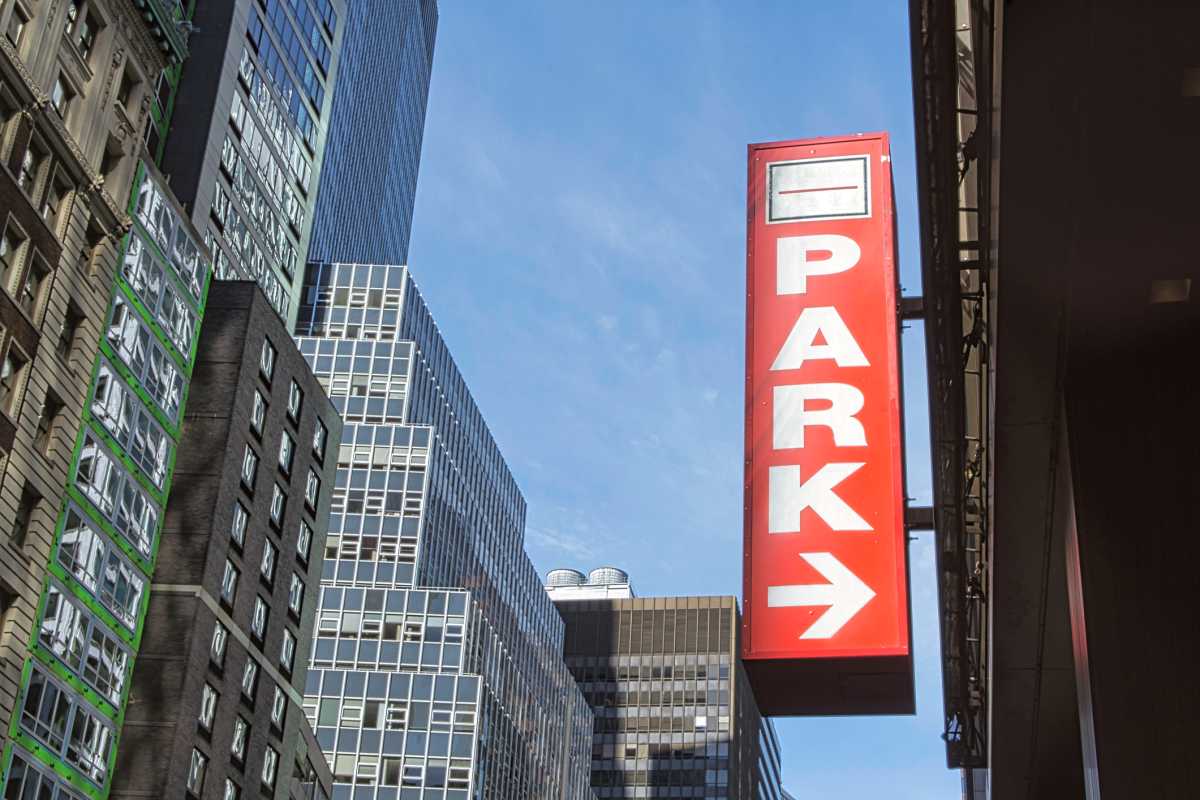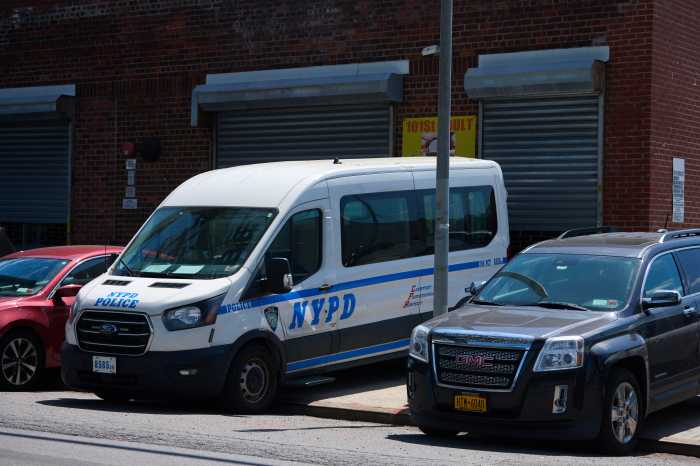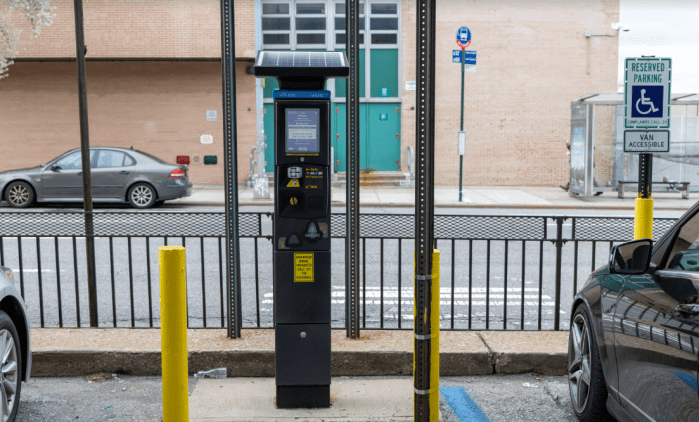In New York City, space is arguably the most premium commodity. With a growing population and housing demand that seems insatiable and will continue to grow, it’s time for innovative solutions to address the housing crisis that plagues our city. One such solution lies in the elimination of parking minimums, a policy that has increasingly hindered the development of affordable housing in the five boroughs.
Parking minimums mandate that a certain number of parking spaces must be included in new residential developments. These requirements not only take up valuable space that could be used for housing units but also drive up construction costs significantly. In a city where every square foot counts, this outdated policy is a concession to cars that we don’t need and can’t afford.
By eliminating parking minimums, we can unlock the potential for more housing units in buildings across the city. This means more affordable options for New Yorkers struggling to find a place to call home. Two parking spots are about the size of a studio apartment, and in the middle of a housing crisis we should not be mandating that valuable space be used for cars. Without these mandates, builders can create more homes in each building, helping to alleviate some of the pressure on our tight housing market.
Moreover, eliminating parking minimums can lower construction costs, as builders no longer have to allocate resources to build costly parking structures. Each below-ground parking spot adds an average of $67,000 to the cost of construction. Those construction costs show up in higher rents. For affordable housing developments, it’s often impossible to make that math work. So instead of being able to build affordable housing with less parking to keep costs down, developers cannot build those affordable projects at all. If we lifted these mandates and stopped forcing higher construction costs, those savings could be passed down to tenants, making all housing more accessible to a broader range of residents and encouraging more affordable housing.
Parking mandates impact more than just the cost of a project. Buildings that require parking to be included often prioritize function over form, leading to design compromises that may detract from the overall aesthetic appeal of the structure. The need to accommodate parking spaces can result in large, dominating parking lots or structures that disrupt the visual harmony of the building and its surroundings. Ground-level lots create big gaps in our streetscape that feel unsafe and unwelcoming and don’t encourage local business the way retail space would. Additionally, the focus on parking requirements can limit architectural creativity, resulting in more cookie-cutter building designs.
Many cities are tackling the climate crisis by setting goals to reduce the high level of greenhouse gas emissions caused by transportation. These goals cannot be met by adoption of electric vehicles alone; we must address the factors that encourage driving and help alleviate them. So why is New York City still operating under policies that actually encourage driving?
Surely the city with the best public transit can join places like Nashville, San Jose, and Buffalo that have already eliminated these outdated parking requirements. Minneapolis is another example of the positive impact of eliminating parking minimums on housing affordability. The Director of City Planning in Minneapolis has stated that “no single legislative action did more to contribute to housing creation than the elimination of parking minimums.” The move has led to increased housing supply and lower housing costs in the city, providing a blueprint for how New York City can address its own housing crisis.
Let’s not forget that eliminating parking minimums would encourage the use of public transportation, promote walkability and cycling, and create more green spaces while supporting local businesses and improving urban aesthetics. This can lead to reduced traffic congestion, lower air pollution, a healthier population, and a more vibrant urban environment overall. Doing this can kickstart a cycle for New York City neighborhoods that makes them more affordable, accessible, and community-oriented.
It’s time for New York City to follow dozens of cities across the country and take bold action to eliminate parking minimums. By doing so, we can pave the way for a more sustainable and equitable housing future for all New Yorkers. Let’s seize this opportunity to make our city more livable, affordable, and inclusive. Our future depends on it.
Erik Bottcher represents the neighborhoods of West Village, Chelsea and Hell’s Kitchen; Jennifer Gutierrez represents the neighborhoods of Bushwick, Williamsburg and Ridgewood in the City Council.
Read More: https://www.amny.com/oped/




































